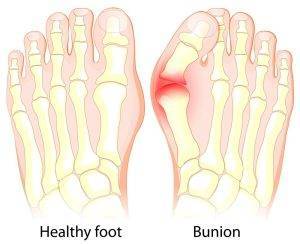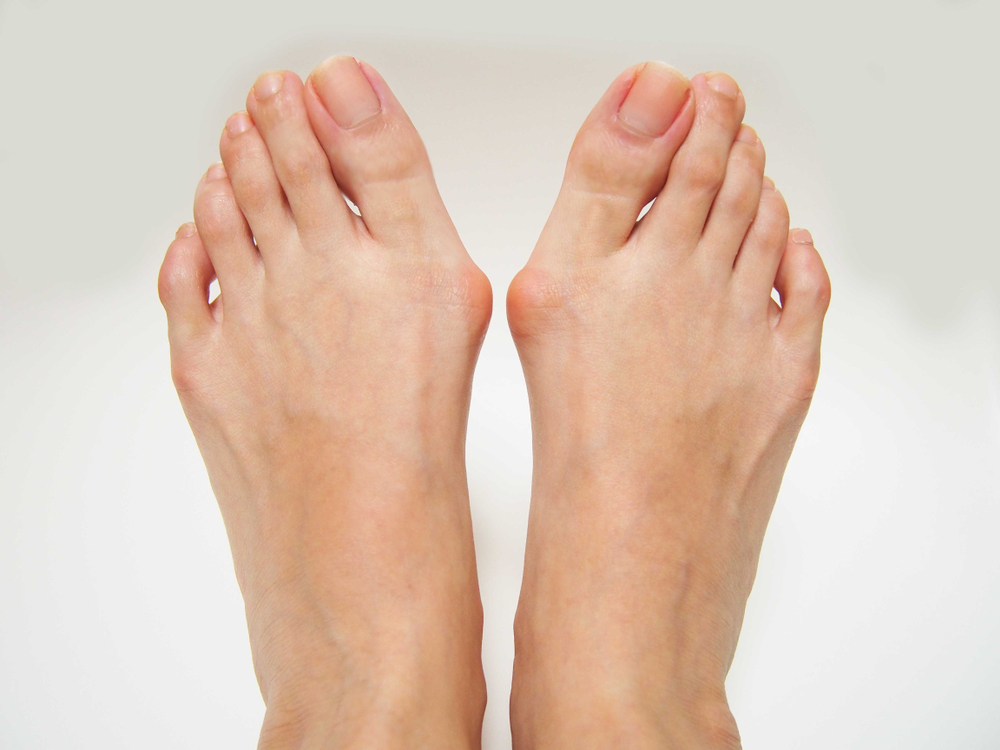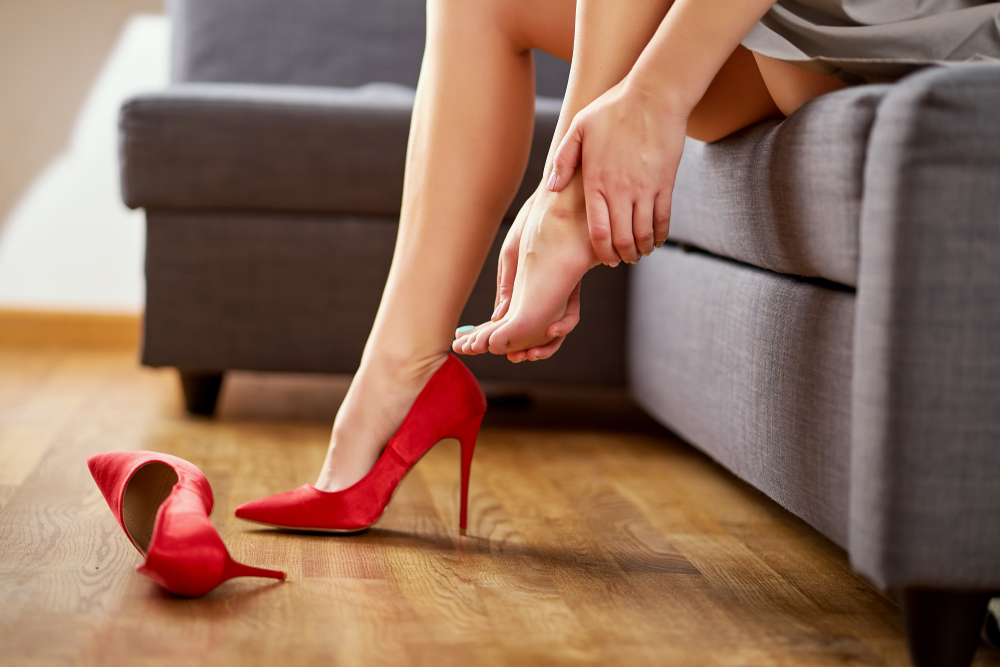Bunions, or hallux valgus, are a common foot deformity. Studies show that up to 35% of adults may develop a bunion in their lifetime! In our 3-part series with Dr Tan Ken Jin, Orthopaedic surgeon of Orthosports, Mt Elizabeth Novena Hospital, learn more about bunions – their causes, symptoms and treatment options, including minimally invasive bunion surgery.
PSA: Medical Channel Asia (MCA) is now on Telegram! Join us here https://t.me/MedicalChannelAsia for daily reads and the latest updates at your fingertips!
What are bunions?
Bunions are visually recognisable, as a bony bump that forms at the base of the big toe. “Bunions are a condition when our big toe actually ends up bending in towards our second toe,” explains Dr Tan, “most people will see a bony, hard prominence on the inner side of the foot.” They also develop slowly over time. It may not hurt much at the start, but over time as the condition progresses, it can become more pronounced, inflamed, and painful.
Does the bunion only occur at the big toe? “There is a sister condition called bunionette,” mentioned Dr Tan. This is when a similar condition affects the base of the fifth toe.
As for how common this condition is, Dr Tan explains “We don’t have very good data as to the exact percentage… Most of the estimated data – they are an underestimate for the number of people with bunions.” Data reported ranges from a low 0.9%, to as high as 74%, depending on different populations surveyed. For instance, it is more common in females, and also more common in the older population.
Causes and risk factors
“We don’t truly understand why and how bunions form.” says Dr Tan, adding that the root cause of its occurrence may vary from person to person. It may be due to a combination of both internal and external factors.
Bunions can be genetically inherited. As with all physical features, feet shape and bone structure can also be passed down from parent to child. Certain feet shapes can predispose one to develop bunions.
Ill-fitting shoes can also contribute to the development of bunions. Shoes with tight toe boxes may push the big toe into the bunion position to fit into the shoe. High heels can push the toes into unnatural positions, increasing the amount of pressure on the big toe joint.
Biomechanical factors are another cause of bunions. “Certain people walk in a certain way that puts a force on the big toe and pushes it towards the second toe,” said Dr Tan, “and that can also predispose them.”
Another risk factor could be rheumatoid arthritis, as the inflammation of the toe joints may contribute to its formation.
–
Read others in the same series with Dr Tan Ken Jin!














